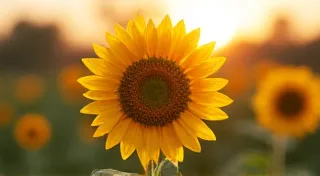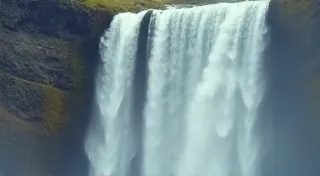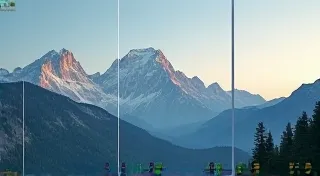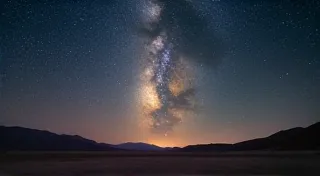Shutter Speed Explained: Capturing Motion and Stillness
Understanding shutter speed is a crucial step in mastering photography. It’s one of the three pillars of the exposure triangle (along with aperture and ISO), and it dramatically impacts the look and feel of your images. This guide breaks down shutter speed in a way that’s easy for beginner photographers to grasp.
What is Shutter Speed?
Simply put, shutter speed is the amount of time your camera's shutter stays open, exposing the image sensor to light. It’s measured in fractions of a second – like 1/1000s, 1/60s, or even seconds like 1s, 2s, or longer. The smaller the denominator (the bottom number), the faster the shutter speed. A shutter speed of 1/1000s is much faster than a shutter speed of 1/30s.
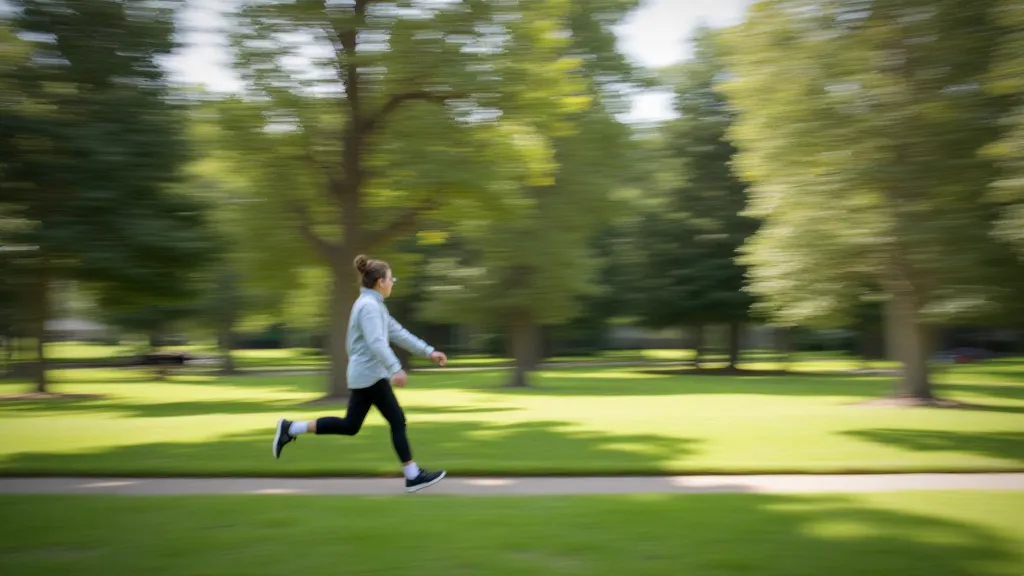
How Shutter Speed Affects Motion
The primary impact of shutter speed is how it portrays motion in your photographs:
- Fast Shutter Speeds (e.g., 1/500s, 1/1000s, or faster): Freeze action. These are perfect for capturing fast-moving subjects like sports, wildlife, or children playing. Anything that's moving quickly will appear sharp and still.
- Medium Shutter Speeds (e.g., 1/60s - 1/250s): A balance. Often sufficient for everyday photography of relatively still subjects. However, camera shake can become a factor, especially with longer lenses.
- Slow Shutter Speeds (e.g., 1/30s or slower): Blur motion. This can be used creatively to convey a sense of speed or movement. Think of light trails from cars at night or the silky-smooth flow of water in a waterfall. A tripod is essential for slow shutter speeds to prevent camera shake.
Creative Uses of Slow Shutter Speed
Slow shutter speeds aren’t just about blurring things; they can be an artistic tool:
- Light Trails: Capture the streaks of light from moving vehicles at night.
- Smooth Water: Turn rough water into a silky, dreamy effect.
- Panning: Follow a moving subject with your camera, keeping it relatively sharp while blurring the background to emphasize speed.
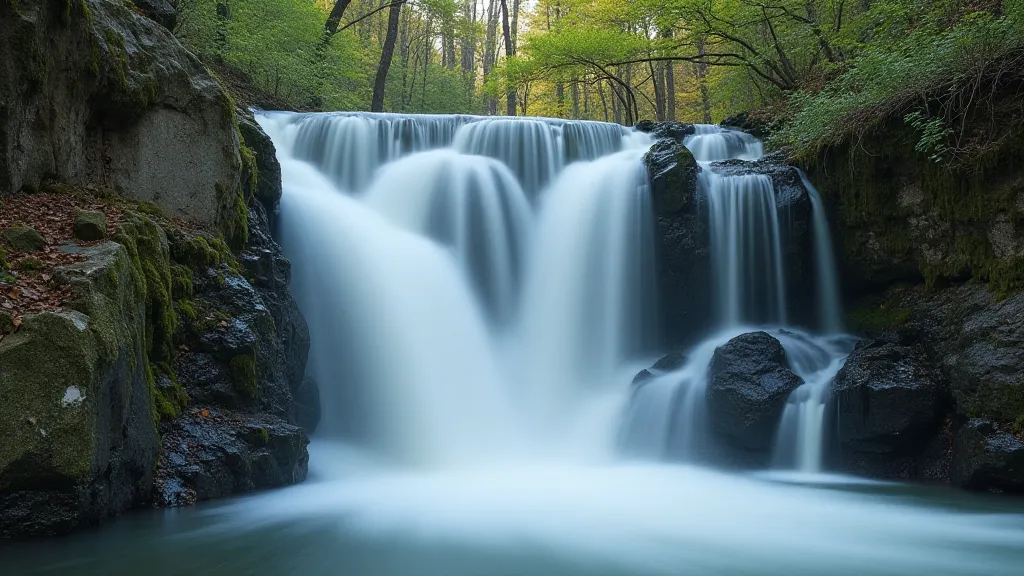
Camera Shake and the Reciprocal Rule
When using slower shutter speeds (roughly 1/60s or slower), camera shake becomes a major concern. Even the slightest movement can result in a blurry image. A helpful guideline is the "reciprocal rule," which states that your shutter speed should be at least the reciprocal of your lens's focal length. For example, if you're using a 50mm lens, try to use a shutter speed of at least 1/50s to avoid camera shake (handheld).
Tips for Mastering Shutter Speed
- Practice: Experiment with different shutter speeds to see how they affect your images.
- Use a Tripod: Essential for slow shutter speeds to avoid blur.
- Image Stabilization: Many lenses and cameras have image stabilization (IS) or vibration reduction (VR) which can help compensate for camera shake, allowing you to use slightly slower shutter speeds.
- Shoot in Shutter Priority Mode: (Tv or S on many cameras) This mode allows you to set the shutter speed, and the camera will automatically adjust the aperture for proper exposure.
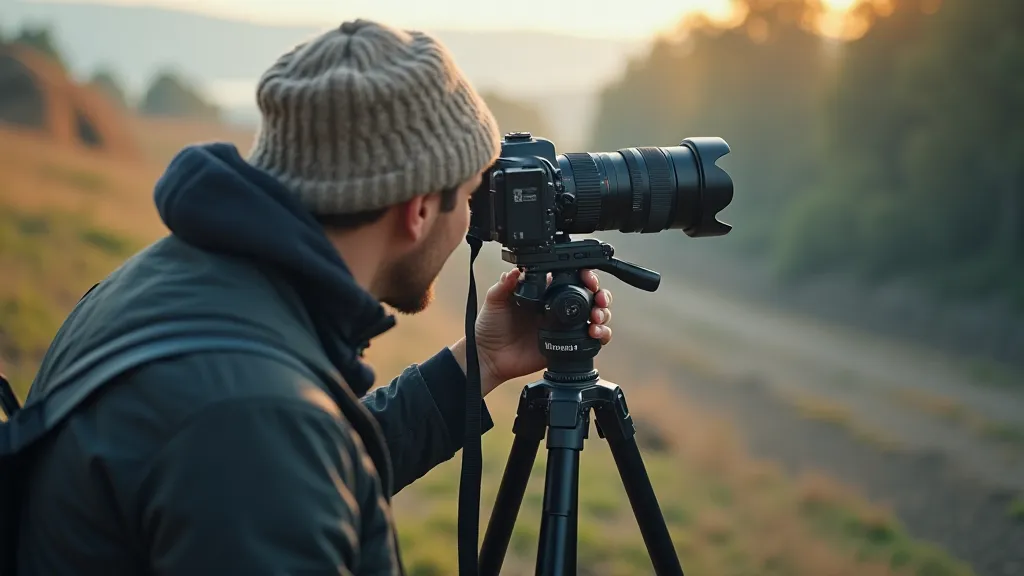
Conclusion
Shutter speed is a powerful tool that allows you to control how motion is depicted in your photographs. Understanding its effects and practicing with different settings will significantly improve your photography skills. Don't be afraid to experiment and see what you can create!
